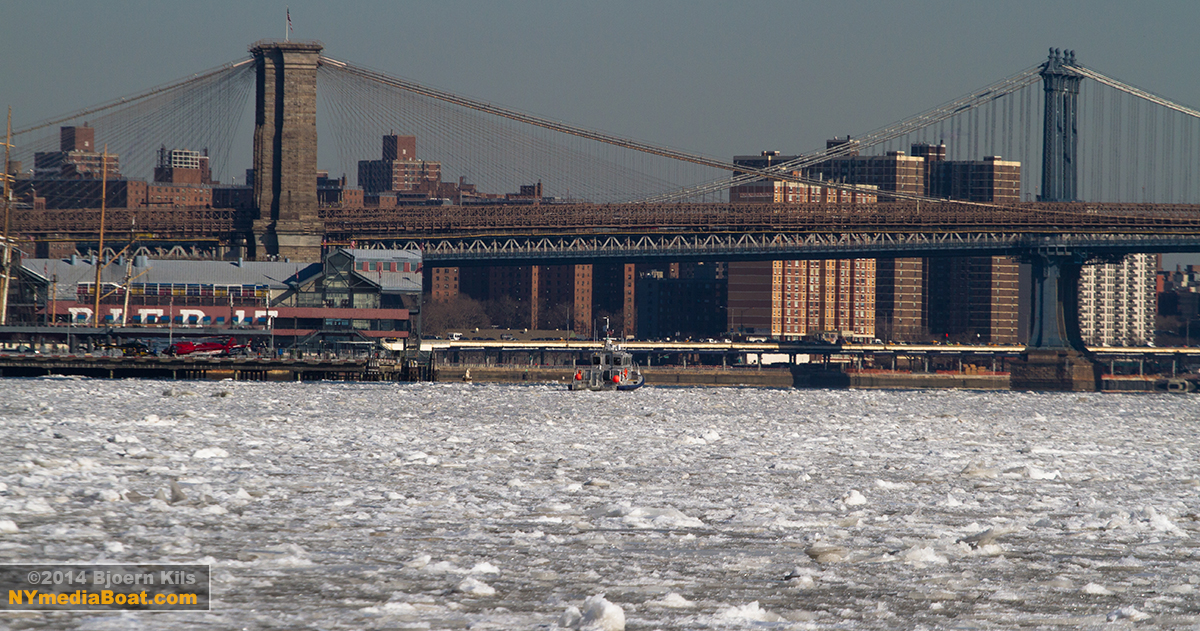Gutkowski was 10 at the time and took to the sport instantly. His talent was eventually recognized by a member of the sailing club and he was plucked to train with local competitive teams. By age 14, he was sailing with the Polish national team.
“Finally,” he says, “we have good equipment for sailing.”
But sailing the Baltic was still a challenge. Gutkowski recalls spring days spent waiting for large ships to cut a path through icebergs so he could sail.
“It is difficult and tough area to learn,” he says. “But it’s really good. If you can sail there, after that you can sail everywhere” – even in long offshore ocean races: which he started to do in 2000 in The Race, a non-stop round-the-world aboard the catamaran Warta-Polpharma.
His next step was a 2004 round-the-world speed record on an Open60, then a single-handed try in the 2005 Nokia Oops Cup aboard the ORMA 60 Bonduelle. After one other offshore event in 2007, Gutkowski set his sights on the Velux Five Oceans.
The prep time paid off because he took second place in that race in 2011 with the IMOCA60 Operon. He fought hard in the multi-leg race, suffering not only the forehead gash, but also two cracked ribs. A doctor in Brazil, where he stopped to recuperate for a mere 10 days, told him he was lucky to not have punctured a lung.
After the Velux, Gutkowski and his entourage, which includes the sailor Maciej “Swistak” Marczewski, convinced Energa — an energy company headquartered in Gdansk with a bent for alternative power — to sponsor a new IMOCA60. This time Gutkowski purchased an old boat off Alex Thomson, the ‘black and white’ Hugo Boss made famous by Thomson’s tailored-suit-soaking keel dive.
Gutkowski’s next plan: The 2012 Vendee Globe.
But like many others, Energa dropped out of the race after only 11 days. The trouble: autopilot malfunction.
Now Energa’s objective is to reclaim a record from her former owner. Gutkowski is hoping to smash Thomson’s 8-day, 22-hour, 8-minute record, which was set in the summer of 2012 as preparation for the Vendee Globe; albeit with a newer incarnation of Hugo Boss.
In purple, green, yellow, and orange, Energa leaves hardly a trace of the monochrome Hugo Boss, except for her reverse navigation station. And Thomson surely didn’t dine on the vacuum-sealed, dried Slavic specialties onboard: beef stroganoff, pork loin in dill sauce.
Gutkowski may encounter other traces of the Baltic Sea on his journey to Cape Lizard: icebergs are still in season in north Atlantic, and it’s unlikely he’ll have a cargo ship to clear them from his path. Fog and whales are two other tough opponents. But that’s no matter for Gutkowski. He’ll fend them off with a combination punch.










































